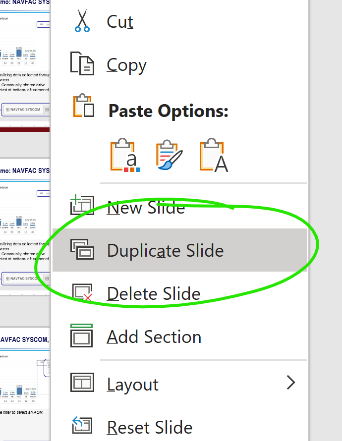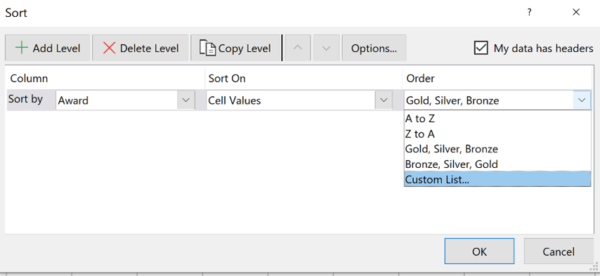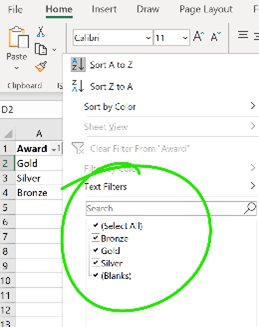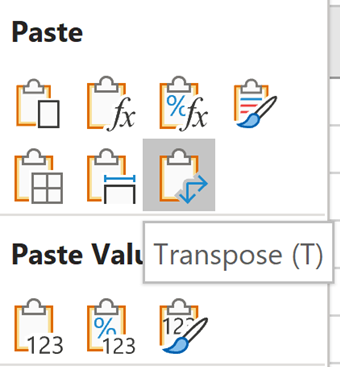Working from home has proven to be a blessing or a curse depending on your situation. Whether you like it or not, you are more dependent on technology on a day to day basis than ever before; managing that on your own can be difficult. Struggles of teleworking include comfort, latency in communication and technical inefficiencies with everyday applications. To make your teleworking situation more comfortable and to leverage some of your everyday applications, use the following three areas of tips and suggestions for your home office setup and for navigating Microsoft PowerPoint and Excel.
1. Home Office
There are some simple things that can improve your work efficiency and comfort from your home office. First, ditch the track pad. Most, if not all, professional staff use company laptops, so translating this to a more agile desktop environment is key. Set up an external keyboard and wireless mouse to not only put some distance between you and your screen but increase computer navigation speeds and efficiency. Additionally, the rhythmic clicking of a mechanical keyboard can be oddly satisfying.
Second, sometimes more is better. Add another monitor or two. Being able to view multiple documents simultaneously or comparing two versions for edits without having to switch among tabs saves time and improves thought processes and organization. Multiple monitors allow you to dedicate screens to particular documents, increasing legibility and clarity. If you’re in a pinch for an additional monitor, turn an old personal laptop into an extra monitor for your company laptop.
2. Power Point
Power Point presentations are the frontrunner when it comes to presenting from home. All presentations go through several iterations of edits and being able to edit your slides efficiently is crucial. Here are some tips to help you separate your presentations from the rest.
a. Rather than making edits directly to the slide, duplicate the slide you intend to edit beforehand and use the original version for an easy comparison to your new version. This is also helpful for copying slide formats and designs more easily.

b. Image alignment and consistency across a presentation can make or break the cleanliness of your presentation.
 Ensuring that images are formatted with the same dimensions and at the same position across multiple slides is a painstaking task to eyeball. To help, right-click your image – Select Format Picture. Using the size and position inputs on the right-toolbar, you can ensure that all images have the same height, width, X and Y starting position or a seamless transition of images.
Ensuring that images are formatted with the same dimensions and at the same position across multiple slides is a painstaking task to eyeball. To help, right-click your image – Select Format Picture. Using the size and position inputs on the right-toolbar, you can ensure that all images have the same height, width, X and Y starting position or a seamless transition of images.
c. Use everything that is at your disposal. One of the extremely underutilized yet hidden gems of Power Point is the Office Add-ins.

Incorporate outside tools and software into your presentation to increase functionality and engage your audience. Popular Add-ins such as Poll Everywhere allow you to receive live responses from your audience and display the results in real time. To check out all the Office Add-ins, select Insert> Add-Ins>Get Add-ins on the top toolbar.
3. Excel
These Excel tips come from personal experience as the most commonly unused tools of frequent Excel users. Everyone should have some basic insight into simple actions you can take to extract the data you want without requiring an analyst.
a. Custom List Order. Use a custom list to order your data in a specific fashion that is not alphabetical or numerical. Often for the purpose of presentation and story you want things to appear in the order you want, rather than the alphabetical defaults. To create a custom list, Select Data > Sort > Order > Custom List on the top toolbar. Above we can see an example where a custom list was created to order the rank of ‘Gold’, ‘Silver’ and ‘Bronze’ in order of place rather than alphabetical.

b. Filtering Data. Often you need to get a quick view of data that meets a certain criterion. Old habits might have you using Crtl + F to narrow down your result.

Instead use the filter tool in the Data pane to filter your data by any and/or all criteria.
 After you’ve selected the filter tool, use the dropdown arrows at the right of each column header to select the rows you want to view.
After you’ve selected the filter tool, use the dropdown arrows at the right of each column header to select the rows you want to view.
c. Transpose Table.  Want to swing your table around for a different view? Easily transpose your column headers to rows using one of the many Paste options. Highlight your table including the headers and copy it to your clipboard. In a blank cell on the same or new sheet, right click > Paste Special > Transpose.
Want to swing your table around for a different view? Easily transpose your column headers to rows using one of the many Paste options. Highlight your table including the headers and copy it to your clipboard. In a blank cell on the same or new sheet, right click > Paste Special > Transpose.
Example:

In today’s working environment, we interface with our computers more than ever so working in a user-friendly environment and leveraging technology tools will help you when working remotely. Use these tips to improve your work environment and leverage your everyday tools. Have any tips up your own sleeve? Share them below!
Leave a comment below, send us an email, or find us on Twitter

